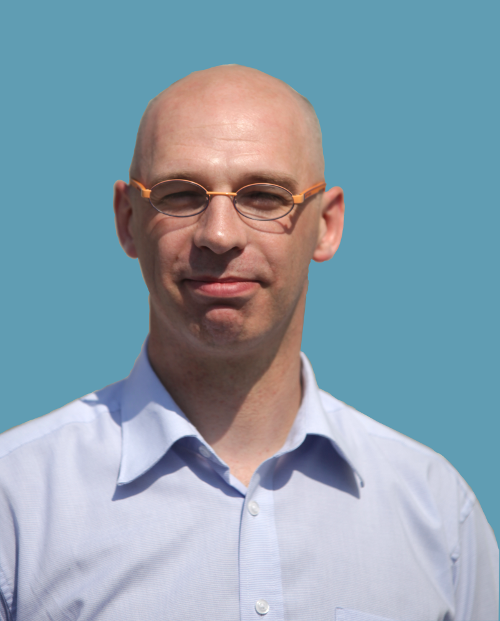 |
Benoit Charlet 0486/84 16 76 |
Holacracy
Holacracy is system of organizational governance in which authority and decision-making are distributed. this is an agile management methodology with emphasis on iterative governance, adaptive processes, and self-organization, inspired from agile software development principles and the lean manufacturing process. It radically changes how an organization is structured, how decisions are made, and how power is distributed.
Roles
Holacracy is designed for organizations and fundamentally differentiates the roles in the organization from the people working in it. The building blocks of holacracy’s organizational structure are roles. A role is not a job description, as one individual can hold multiple roles at any given time. With Holocracy, we focus on roles and not on people and functions. This has the advantage of removing emotional and politics interferences in the people interactions.
Distributed Authority
Holacracy is a distributed authority system. In Holacracy, Everyone is the leader of his own roles and a follower of others’. He/she achieves his/her goals with real authority and real responsibility, through dynamic governance and transparent operations. This integrates the benefits of the conventional top-down and progressive bottom-up approaches without relying on leaders.
Circle structure
Holacracy structures the various roles in an organization in a system of self-organizing circles. Each circle has the authority to create, execute, and measure its own processes in achieving its aims. Circles are connected by roles known as links, which sit in multiple circles and ensure communication with the other circles and alignment with the broader organization’s mission and strategy.
Processing Tensions
With holacracy, Organization is seen as a purposefull living being getting tensions. A tension is any difference between what is (current reality) and what could be (the purpose). One of the fondamental task of anybody in Holacracy is to detect and report those tensions in order to process them into meaningful changes for improving the organization. Holacracy provides several explicit channels to process tensions.
Clear processes for “governance” and “operations” are implemented in every team, at every level of scale. Each has different mechanisms for processing tensions into clear actions.
Governance process
A structured process ensures the organization’s purpose is at the center.
With Holacracy, regular governance meetings take places. Those structure and evolve how the work gets done. At the end of each governance meeting, everyone knows with clarity who is accountable for what, with what authority, and what constraints. These change dynamically with every meeting, based on the real tensions sensed while doing the work.
The steering of the organization is dynamic and linked to the day to day issues while keeping the purpose of the organization at the center.
Operational process
Holacracy specifies processes for aligning teams around operational needs, and requires that each member of a circle fulfill certain duties in order to work efficiently and effectively together.
Conclusion
Holacracy increases agility, efficiency, transparency, innovation and accountability within an organization. The approach encourages individual team members to take initiative and gives them a process in which their concerns or ideas can be addressed. The system of distributed authority reduces the burden on leaders to make every decision. No need for managers to take all decision as in traditional (taylor) organization.